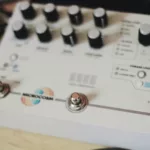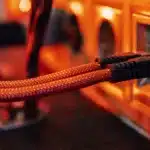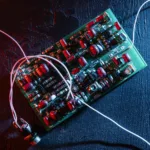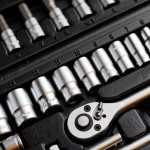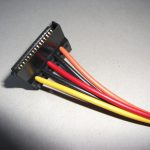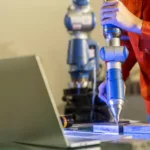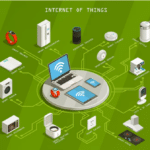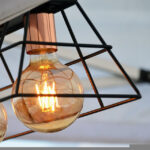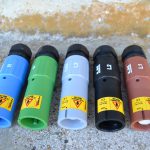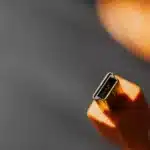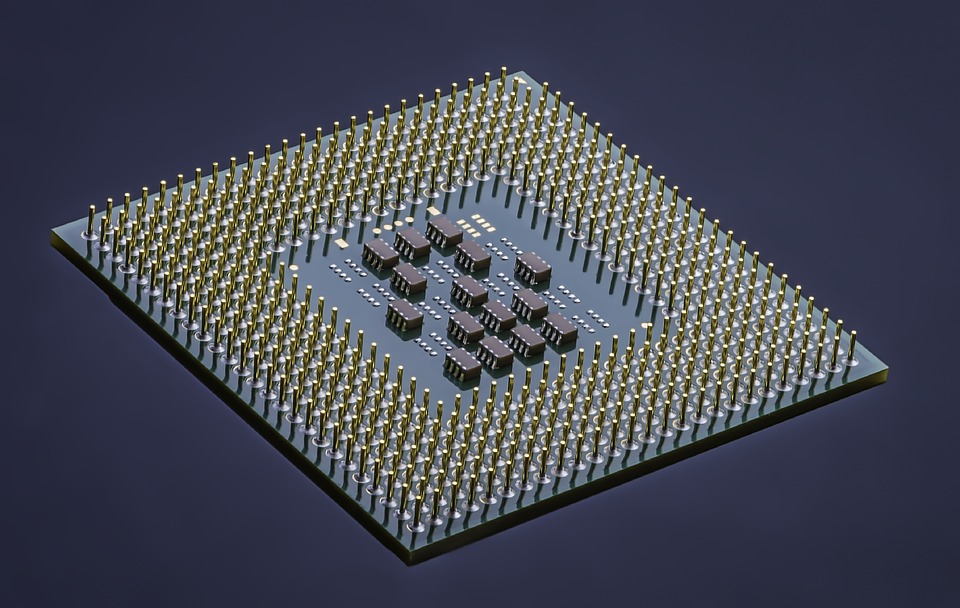
A semiconductor is a device that, depending on some factors, can operate as either a conductor or resistor / insulator. Silicon is the most typical semiconductor material, but other materials are used depending on the necessary specifications. The semiconductor enables a circuit to act differently depending on different circumstances and is necessary for all electronic circuits but the most basic one. Many at times you may need an informed choice before making purchases. The main components of these semiconductors are diode and transistor. A discrete semiconductor is specific in its function and cannot be used for a variety of operations like other. For example, a transistor is always a transistor and can only perform the transistor-related functions
Discrete semiconductors are desired for a variety of engineering needs and the come in different types.
Bridge rectifiers
A bridge rectifier consists of diodes set up in a conceptual model: the bridge namesake. This bridge can switch an alternating current input into direct current, which is a core function for most electronics. Such devices work with a two-wire AC output, are equipped with two diode falls and give full-wave rectification. Because these are discrete devices, some of them need to be purchased along with other devices to achieve the desired functionality for which they are intended in any given circuit. Semiconductor devices perform functions ranging from regulating power to working as switches and much more.
Rectifier & Schottky Diodes
Schottky diodes are characterized by their ability to switch very quickly and their low forward voltage drop. The feature of these diodes is the low voltage drop that allows them to be used in very rapid switching implementations.
Bipolar Transistors
These devices are often included in analog circuits. They are called bipolar as they have carriers which use negative as well as positive charges. For semiconductors, this means they are active for their activity with both electrons and holes. Bipolar transistors are used quite extensively in integrated circuits, but most sellers also sell them as discrete units.
Constant Current Diode
Constant current diodes are distinguished from others by controlling current rather than voltage. The current that passes through these diodes hits a set limit and is then retained by the diode at that point. These are known by various names, including current-regulating diodes (CRDs), current-limiting diodes (CLDs) and diode-connected transistors.
Darlington transistor
In essence, Darlington transistors are two transistors in one. Both work to enhance the current they are receiving. The first transistor enhances the current to a specific level and it is amplified even more by the second. Such sections are often used for space reasons, as a Darlington transistor uses less space on a panel than would be the case for two transistors attached as discrete units. These are discrete components instead of two other discrete components.
Switching diodes
Switching diodes are highly resistant when the voltage applied to them is below the voltage defined for them. The resistance decreases if the voltage is increased to a point above the stated voltage. It helps them to function as a toggle.
Thyristor Modules
These devices work as a switch. If a current pulse is received by the gate on the unit, it will change to and on condition. Until the voltage is reversed, it will stay in the state. These devices are made up of four layers of semiconductor material with alternating layers of semiconductor p-and n-type within them. Thyristor modules are similar to silicon-controlled rectifiers
Varicap Transistors
Also known as varicap diodes, variable capacity diodes and tuning diodes make up these devices. The machines are used as condensers regulated by the voltage supplied to them. In television sets, cell phones and other products that use FM transmitters or receive FM transmissions, variety diodes are commonly found.
Digital Transistor
In a circuit, a digital transistor only has two possible states. It can function as fully on, which is called saturation, or it can function as fully off, which is called cut off.
Double Triode Valves
Double triode valves are a kind of vacuum tube connected with radio receivers, including a triode which provides amplification. In one example, the two diodes included in the model are used for a rectifier and in the other diode as a detector.
Emitter-switched Bipolar Transistors
A bipolar transistor transferred from an emitter is in essence two transistors in one. The model allows the element to block high voltages and work at a very high speed.
HEMT Transistors
These are typically integrated into electronic devices such as mobile phones, radar systems and other devices that need to operate at a very high speed. HEMT transistors are significantly quicker than conventional transistors. These are trigger effect transistors that act as a result of a combination of different materials used in the fabrication.
Having one functionality, discrete semiconductors may need to be purchased together with other components to achieve a desired function.






